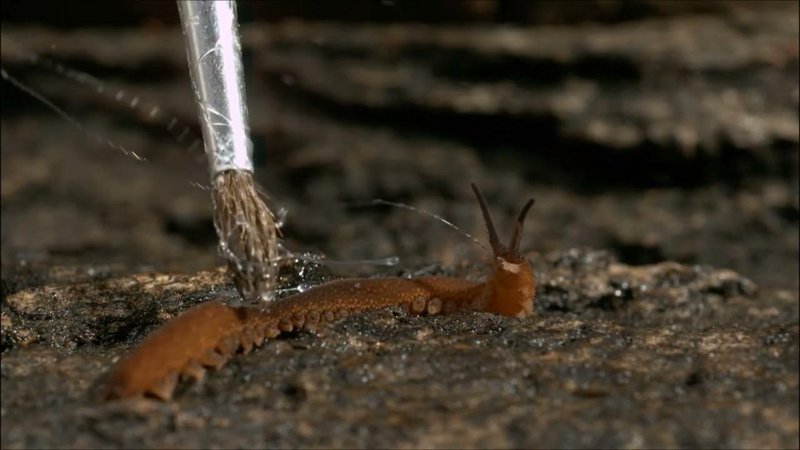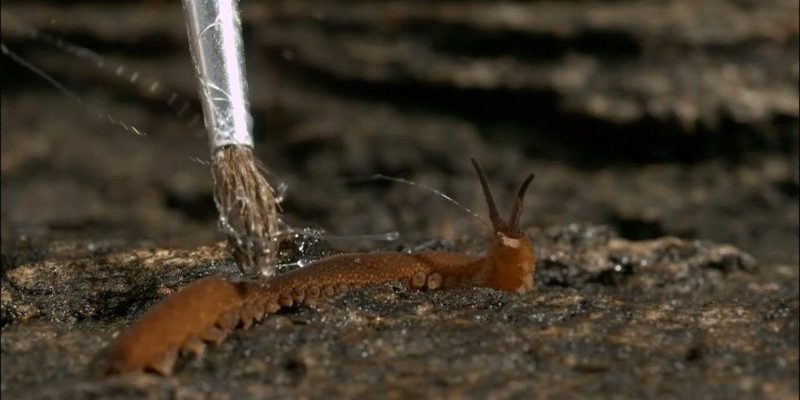
Using a reliable remote field camera, like those from brands such as Bushnell or Reconyx, can be a game-changer. These cameras are designed to capture high-quality images and videos of wildlife, even in low light. In this article, we’ll explore how to choose the right camera, set it up, and monitor velvet worm activity efficiently. Grab your favorite drink, and let’s dive into the world of velvet worms and field cameras!
Why Monitor Velvet Worms?
You might be asking yourself, why should I care about velvet worms? These fascinating little critters play essential roles in their ecosystems. They help control insect populations, which is crucial for keeping the balance in nature. Velvet worms are also indicators of environmental health due to their sensitivity to changes in their habitats. Monitoring them can provide valuable insights into the overall health of their ecosystems.
Furthermore, observing velvet worms can be quite an adventure! With their soft, flexible bodies and unique way of catching prey, they offer a glimpse into behaviors that are both strange and captivating. By using field cameras, you can capture remarkable footage without disturbing their natural activities. Plus, who doesn’t love a little wildlife documentary action in their life?
Choosing the Right Field Camera
Before you embark on your velvet worm monitoring journey, you need to choose the right field camera. This choice is crucial. You don’t want to miss out on capturing their sneaky movements just because of a poor-quality camera.
When selecting a camera, look for a few key features:
- Resolution: Aim for at least 12 MP for clear images.
- Trigger Speed: A speed of 0.5 seconds or faster will help you catch quick-moving velvet worms.
- Night Vision: Since velvet worms might be more active at night, infrared capabilities are essential.
- Batteries: Check how long the battery lasts—some can go for months, while others won’t last as long.
Brands like Bushnell and Reconyx offer various models that cater to these needs, making them great choices for beginners. When shopping, consider your budget—there are plenty of options at different price points.
Setting Up Your Camera for Success
Once you have your camera in hand, it’s time to set it up. Location is everything when it comes to monitoring velvet worms. You’ll want to find areas where they are likely to be active, like under fallen logs, in leaf litter, or near moist environments.
Here’s how to get everything in place:
1. Choose the spot: Look for damp areas. Velvet worms thrive in humidity, so spots near streams or forests are ideal.
2. Position the camera: Set your camera about a foot off the ground and angled slightly down. This positioning will help capture those elusive movements without interrupting their environment.
3. Test the angle: Before securing the camera, do a quick test shot to ensure you’re capturing the right area.
4. Secure it: Use a sturdy strap or mounting bracket to ensure it stays in place, especially in windy conditions.
Remember, patience is key! It may take some trial and error to find the right angle and location, but that’s all part of the fun.
Monitoring and Maintaining Your Camera
After setting up your field camera, monitoring it becomes essential. You want to ensure that everything is working correctly and that you’re capturing activity. Here’s how to keep things running smoothly:
1. Check the batteries: Make it a habit to check the batteries every few weeks. Some cameras have power-saving modes that can extend battery life, so explore those options.
2. Empty the memory card: Regularly check and clear the memory card to prevent running out of space. You want to capture every moment!
3. Monitor the weather: Bad weather can damage your camera. If storms are coming, it’s a good idea to check if everything is secure or if you need to bring it in for safety.
You may even want to set a schedule for regular checks, so you don’t forget. Keeping a notebook can also be helpful for tracking when you last checked up on everything.
Analyzing Your Footage
Once you’ve collected footage of velvet worms, it’s time for the fun part: analyzing what you’ve captured! This can yield fascinating insights into their behavior and daily activities.
As you review the footage, take note of:
– Movement patterns: Are they more active during the day or night?
– Feeding behavior: How do they capture their prey?
– Interactions: Do they communicate or interact with other velvet worms?
Documenting these behaviors can contribute to the research and understanding of velvet worms, and who knows, you might stumble upon something remarkable all on your own!
Troubleshooting Common Issues
Sometimes, even after all your planning and preparation, things might not go as smoothly as hoped. Here are some common issues you might encounter with your field camera and how to tackle them:
– Camera not turning on: Make sure the batteries are fresh and properly inserted. If the camera still won’t power up, try resetting it.
– No footage captured: Check if the camera’s memory card is properly formatted and has enough space.
– Blurry images: Adjust the focus setting or reposition the camera slightly. Sometimes even the smallest changes can make a big difference.
Don’t sweat it—these troubleshooting tips can help you quickly get back to what matters: observing those fascinating velvet worms!
Final Thoughts
Setting up field cameras to monitor velvet worm activity can be a rewarding experience. It offers a unique window into a creature that many may not even know about. With the right equipment, a little patience, and a willingness to learn, you can gather valuable insights into their world.
So, grab your camera, find a great spot in nature, and dive into the adventure of observing velvet worms. Who knows? You might just become the go-to expert among your friends or even discover new aspects of their behavior that could contribute to biodiversity research. Whatever the outcome, you’ll have fun along the way, and that’s what it’s all about!

